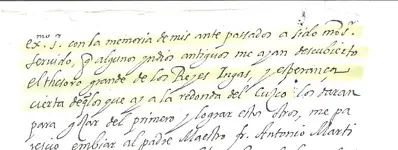Garcilaso recounts several stories about Spanish efforts to recover the hidden treasures of the Incas. Early in The Royal Commentaries, he recalls a tale involving a small lake – believed by many Peruvians today to be Lake Urcos, near Cuzco.
The unnamed lake cited by the chronicler was about half a legua (or Spanish league) – 1.3 modern miles – in circumference. It was very deep, surrounded by high mountains, and located some six leagues (15.6 miles) south of the Inca capital. Lake Urcos is actually about 29 miles south of Cuzco – suggesting that Garcilaso either got his measurements wrong or was referring to another, closer lake. Modern geological survey maps reveal at least one small, unnamed lake or lagoon – a cocha, in the Incas’ Quechua tongue – at about the right distance from Cuzco. But this lagoon has apparently not attracted the attention of modern treasure hunters. Could it be the one Garcilaso describes?
“It is well known that, on the arrival of the Spaniards, the Indians threw a great part of the treasures from the Cuzco temple into this lake, among other things, the famous gold chain that Huaina Capac had had made,” the chronicler relates. “Some twelve or thirteen Spanish inhabitants of Cuzco having learned this fact, formed a company among themselves to dry up this lake, and thus retrieve these treasures.”
After conducting soundings, probably with a weighted rope lowered from a raft or boat, the Spaniards found that the lake was up to 24 fathoms (144 feet) deep – not counting the thick, silty ooze that presumably covered the treasure.
“That seemed a great deal,” Garcilaso writes, “so they decided to dig a tunnel east of it through which the water could find outlet. They started working in 1557 and, after having dug a gallery more than fifty steps long, encountered rock as hard as silex, from which they got discouraged and abandoned their project.” End of story.
Garcilaso claims he personally saw the tunnel, and had even entered it several times. “There are numerous other places, “ he adds, “in the mountains, the lakes and the caves, where the Indians are supposed to have hidden treasures that can never be recovered.”
Today Lake Urcos near the town of Urcos has become some thing of a tourist attraction with statute of Indians throwing the gold chain in the lake.
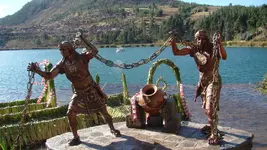
So for the locals the story of golden chain, it the story for them is "treasure" As said earlier nothing is certain there is other lakes that could well indeed be the resting place for this golden chain?
Crow
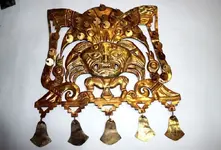
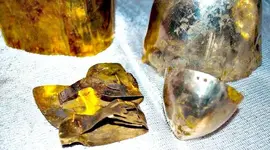
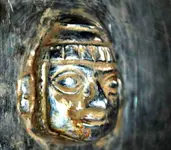






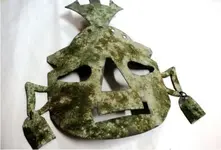
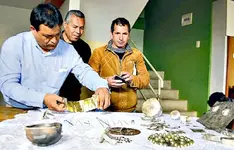
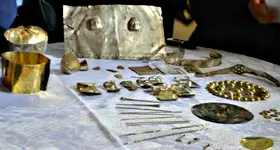
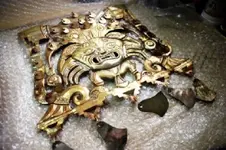
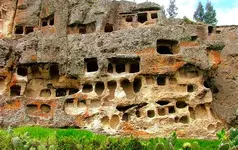
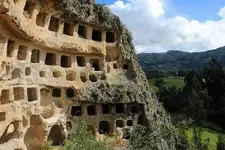

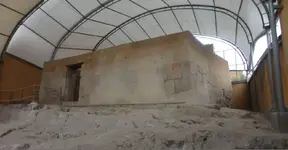
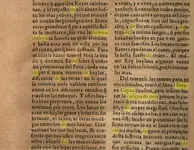

 ?? But others ya just do not know for sure.
?? But others ya just do not know for sure.